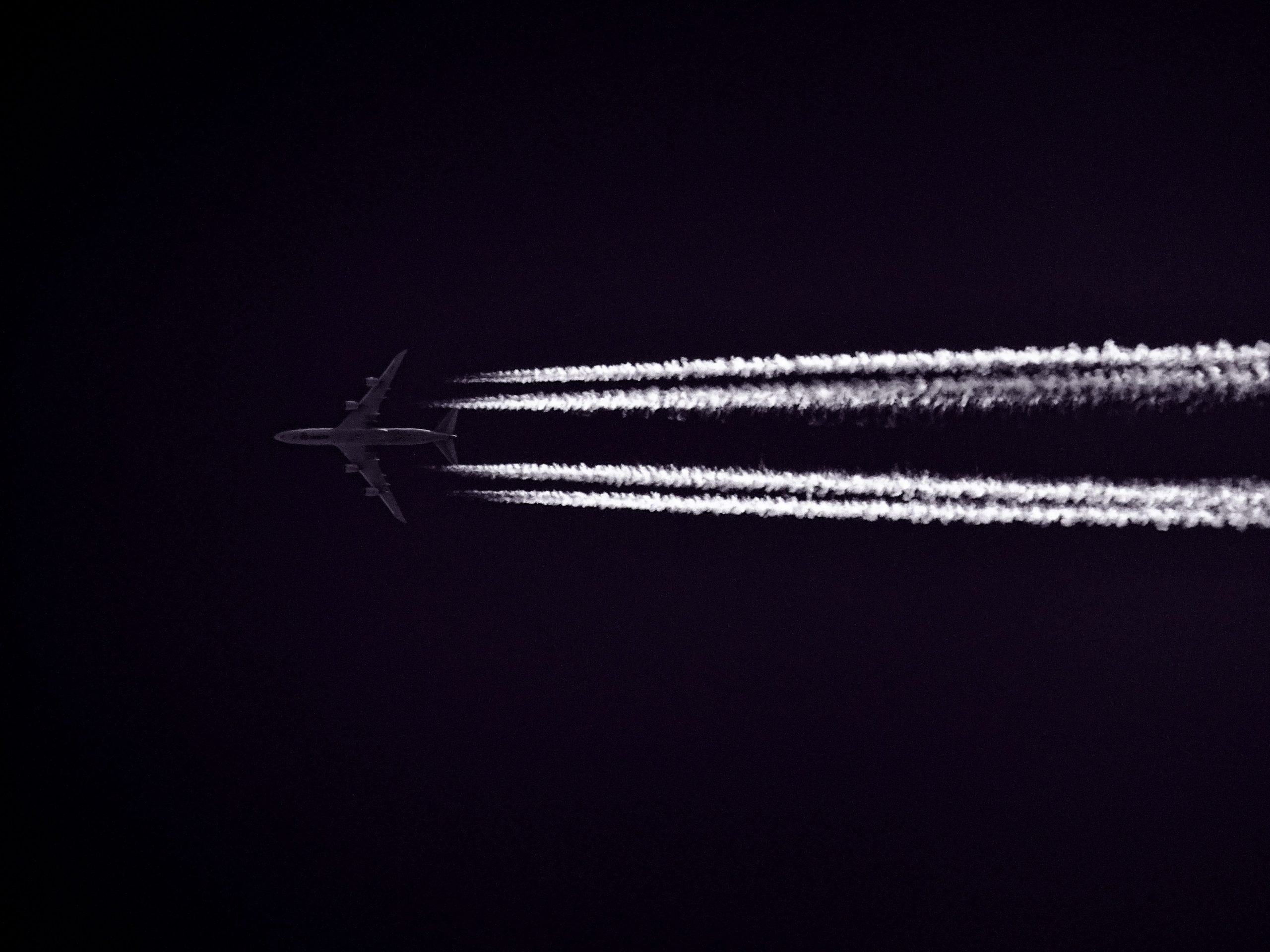The FAA’s decision to allow the obfuscation of private aircraft identities is not unique; it aligns with practices in other countries that have implemented similar measures. This alignment reflects a broader trend in international aviation regulations, where privacy and security concerns are increasingly prioritised. Here’s a closer look at how international practices and standards influence the FAA’s decision:
European Union (EU).
Mode S Transponders.
In the EU, the use of Mode S transponders is mandatory for most aircraft. Mode S transponders emit a unique ICAO hex code that can be tracked. However, similar to the FAA, certain provisions allow for the use of temporary codes, especially for government, military, or state aircraft.
Data Privacy Regulations.
Europe has stringent data privacy laws, such as the General Data Protection Regulation (GDPR), which influences how personal data, including flight data, is handled. There is a growing recognition in Europe that private aircraft ownership and flight movements constitute personal data that may require protection.
State Aircraft.
EASA allows state aircraft, including military, police, and customs aircraft, to use reserved ICAO 24-bit addresses, which are not tied to the usual civilian databases, thereby masking their identity.
United Kingdom (UK).
Block All.
At the moment the UK doesn’t seem to have a system where the aircraft can transmit a false Mode S code, however it is probably just a matter of time before this facility is incorporated in the legislation. Altough again here the good thing from a spotters perspective is the glacial progress that will be made by the legislators, along with the ineptitude of the teams that will be doing the work – so don’t expect it to happen soon.
Military and Government Flights.
Like the U.S., the UK permits the obfuscation of identities for military and government flights for security reasons. This practice influences civil aviation policies, allowing for more flexible approaches to privacy.
Australia.
Aircraft Privacy Option.
Australia’s Civil Aviation Safety Authority (CASA) provides an option for private aircraft owners to request privacy measures that limit the distribution of their aircraft’s identity and movement data. This is especially relevant for those who might face security risks.
State and VIP Aircraft.
Australia, like many other nations, allows state and VIP aircraft to use special codes that mask their identity for security and privacy purposes.
Canada.
National Defence and Private Aircraft.
In Canada, the Department of National Defence operates under specific regulations that permit the obfuscation of aircraft identities. Private aircraft owners also have some privacy protections, particularly in cases where there are security concerns.
NAV CANADA.
Canada’s air navigation service provider, NAV CANADA, supports privacy requests by limiting the display of certain aircraft on publicly accessible platforms.
International Civil Aviation Organization (ICAO) Guidelines.
State Aircraft and Reserved Codes.
ICAO, the international body that sets standards for aviation, recognizes the need for certain aircraft to operate under conditions of confidentiality. This includes the use of reserved ICAO 24-bit addresses and special call signs for state aircraft, which include military, police, and other government-operated flights.
Global Cooperation.
ICAO encourages member states to cooperate on matters of airspace security and privacy. This international cooperation often influences domestic policies, leading to the adoption of practices like those implemented by the FAA.
Middle Eastern Countries.
Security-Centric Policies.
In several Middle Eastern countries, where security concerns are high, obfuscation of aircraft identities is a common practice. This is often done to protect high-profile individuals, including royalty and government officials, from being tracked.
Influence on FAA Policy.
International Norms.
The FAA often aligns its regulations with international norms to maintain consistency and facilitate cooperation with other countries. When multiple countries adopt privacy measures for aircraft, it sets a standard that the FAA is likely to follow.
Reciprocity and Harmonization.
International aviation operates on principles of reciprocity and harmonisation. The FAA’s decision to allow identity obfuscation can be seen as part of an effort to ensure that U.S. practices are in line or ahead of other leading aviation authorities, where practical it does make sense to move towards regulatory alignment.
Summary
So the global aviation environment will probably move towards allowing high net worth individuals to hide the identity of their private aircraft, if they don’t remove the markings like registration or serial number from the aircraft it won’t cause more than anoyance from a spotting perspective – as the information will propagate up the spotting grapevine.
Spotters as I’ve said tend to be a fairly communicative bunch, they have even established world wide networks where information regarding aircraft identities is disseminated quite effectively. There may always be the case where an identity can’t be confirmed, but it is likely that these will be few and far between.
